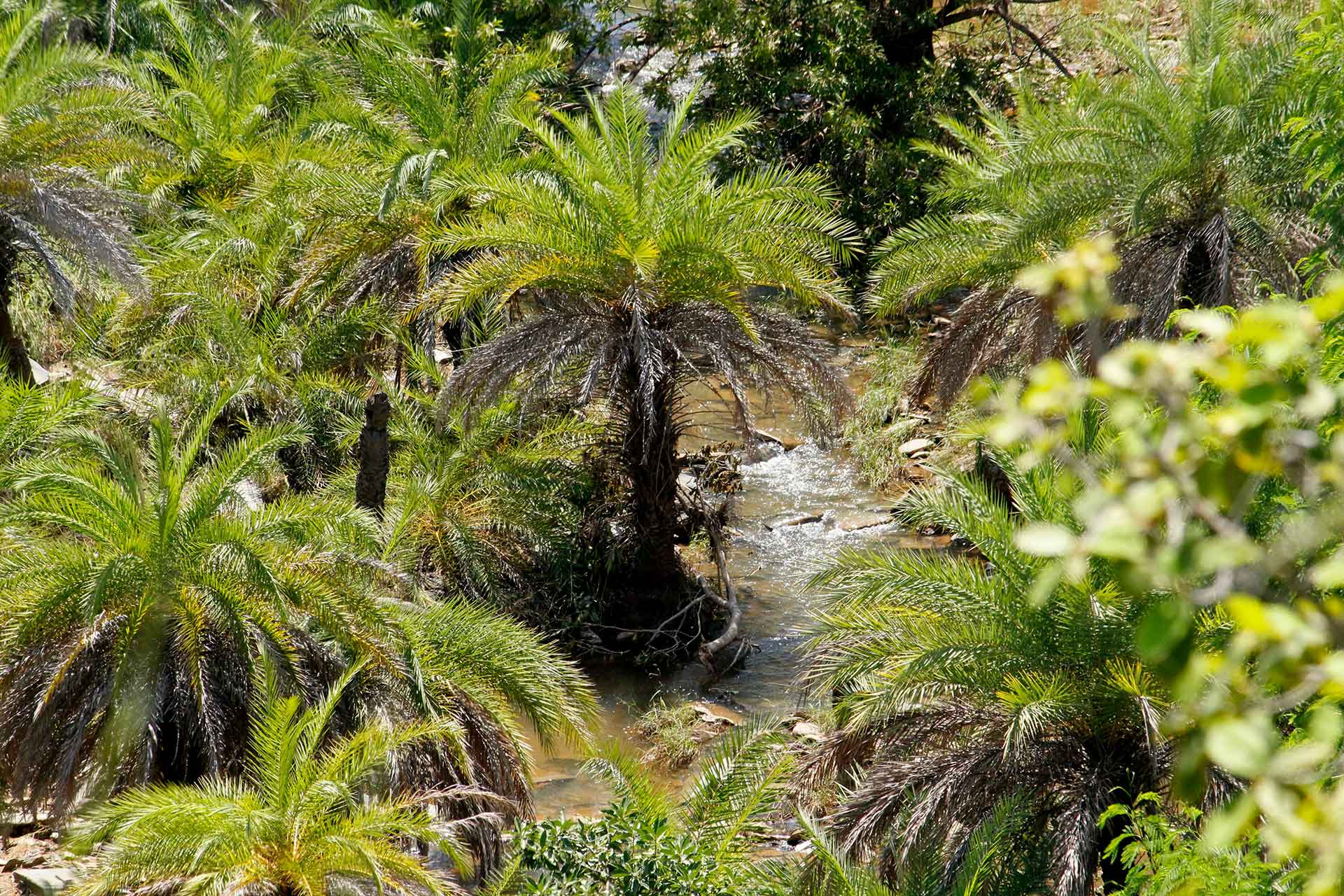Featuring The Timbaktu Collective in the Deccan thorn scrub forests ecoregion.
One of the finest examples of grassland conservation in the country today lies in the work of The Timbaktu Collective. An NGO set up in 1990, The Timbaktu Collective, has spearheaded remarkable initiatives that span the themes of ecology, rights, livelihood and enterprise. In the 33 years of the Collective, its efforts towards ecological restoration continue to be a shining example of what can happen when a community comes together to protect and nurture a degraded landscape. Over the years, the restored land came to be known as Kalpavalli, lovingly referred to as ‘the eternal source of abundance’.
The founders of The Timbaktu Collective, CK Ganguly and Mary Vattamattam, started their work on land and ecology at the 32-acre campus of Timbaktu―a severely degraded piece of land with barren and dry mixed soils, subject to heavy runoff during the brief monsoon rains, and surrounded by fragmented reserve forests. The founders, alongside a few members of the Timbaktu community, busied themselves with several rounds of planting, sourcing seedlings and saplings from small indigenous plant nurseries. Within a few years, the land underwent a massive shift as grasses (Cymbopogon spp) grew back, and pioneer species of wild shrubs and creepers (such as Acacia catechu and Tylophora indica) took root.
One of the initial challenges was dialoguing with and convincing village folk to stop harvesting small shrubs, desist from overgrazing the shy new shoots and undergrowth, and refrain from setting fires to the sweeping open lands as soon as the summer set in. Over the years, these were practices that the community members had fallen into the habit of doing. There was a lack of personal stake in the landscape, with no tools to perceive that the land could potentially heal or even provide in the future. The community's engagement with the land was from a place of survival, guided by an attitude of "take what you can while you can."
Kalpavalli is part of the Deccan Plateau, the largest plateau in the subcontinent and one of the oldest landmasses in present-day India. The floral diversity was, and is, staggering. Even today, post the monsoon rains, the land erupts in vibrant wildflowers and lichen such as the South Indian Squill (Ledebouria revoluta), a relic herb species from Gondwanaland (ancient supercontinent that incorporated present-day South America, Africa, Arabia, Madagascar, India, Australia, and Antarctica).
In more recent history, British gazettes describe mixed teak forests teeming with wildlife such as elephants and tigers. We know that teak was extensively logged in the region, confirmed by the establishment at the time of a critical train track junction in nearby Gooty (known today as Guntakal Junction). Rapid deforestation, alongside other inescapable influences in the Anthropocene, played a role in fragmenting the landscape and led to increased agrarian holdings with a diminished forest and wilderness cover.
For the most part, though, the savannah grasslands seem to have been the most undisturbed, thanks to bureaucratic categorisation. Kalpavalli, and other lands like it, come under the tag of the village ‘commons’―revenue wastelands or low-priority zones left to the management of village-level panchayats. When the work on Kalpavalli began 30-odd years ago, conserving biodiversity was low on the radar, and the objective was to protect and heal the land from an anthropocentric lens. It was to create watersheds in drought-affected areas and ensure livelihoods for a large number of villagers who relied on the commons.
The region had always engaged in free-ranging pastoralism, boasting a symbiotic relationship between dryland farmers and passing shepherds―their goat and sheep herds helping to clear the fields of stalks and leftover crops while simultaneously ensuring fertilisation for the next crop cycle with copious amounts of dung. NTFP collectors too frequent the commons, as they engage in a wide range of activities, from broom and basket making to collecting material for roof thatching, fodder for cattle and small ruminants, and foraging for ethnoveterinary medicine and seasonal wild fruits and greens.
Through the Collective, the onus of protecting and caring for the land was transferred to the Timbaktu community. This new vision of shared responsibility with manifold returns proved to be a game changer. The Collective spent months, and many years, building on its model of volunteer work for common lands. As a grassroots development organisation, they were highly skilled at engaging with the community and built on the existing socio-ecological customs of the place. They visited sacred groves, created fire lines pre-fire season, organised vanabhojanam (feast in the forest), taught and performed folk songs that celebrate the wilderness, and performed night street theatre to disseminate the ideas of conservation. Crucially, all these were in the local language and the local dialect.
The Kalpavalli Community Conservation Area (KCCA) carries out governance and management strategies, engages in soil and water conservation, fire breaks and seed dibbling activities, collection of NTFP and indigenous seed propagation, and year-round watch and ward. KCCA has also set up an eco-tourism campsite named ‘bush camp’. Under its governance, a federation of 10 informal Village Forest Protection Committees (VFCs) manages the common lands associated with their respective villages, which cover almost 6,000 acres. The commons are home to over 123 bird species, 22 mammals and 23 herpetofauna. These ‘low priority’ regions also boast 19 species of fauna listed in Schedule 1 of the Indian Wildlife Protection Act, 1972.
Today, we are hearing and learning more about the pitfalls of fortress conservation approaches. There was never an ‘other’ in the various tools used by The Timbaktu Collective. Everyone was welcome, and most of the conservation initiatives started from a sense of community ownership. The key takeaway here for restoration initiatives is to ensure that the community is integral to the stewardship of the land. Harking back to the ancestral interplay of roles where human beings are part and parcel of the ecosystems they belong to.
Visit the Ecological Restoration Alliance website to learn more.









